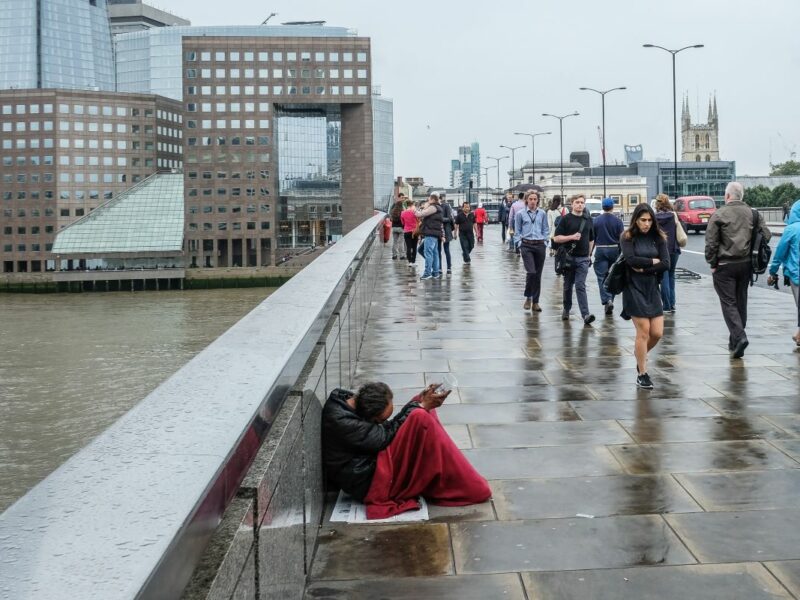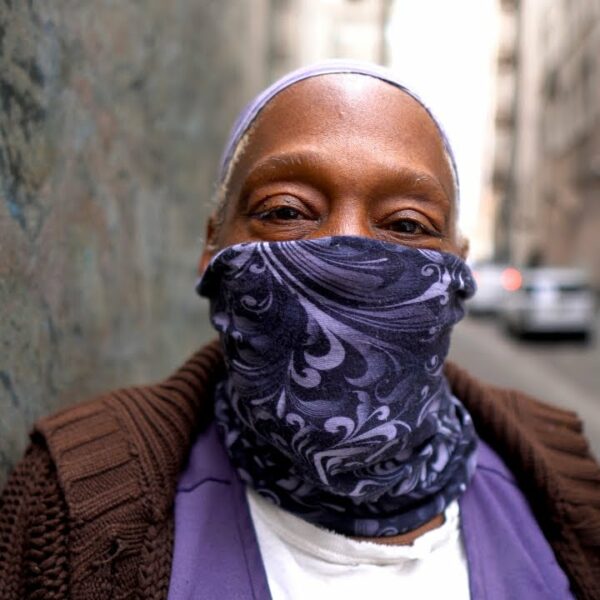Our society has embraced Mindfulness, a core component of evidence-based Dialectical Behavioral Therapy (DBT). DBT teaches that Mindfulness skills emphasize balance and the dialectics of life. The ultimate goal of DBT is to build a “life worth living.”
The first component of DBT is the principle of dialectics. Consider black-and-white thinking. Dialectics is the shades of gray in between. The idea is that two opposing things can be true, which we all must eventually accept.
The core of DBT is that there is a therapeutic alliance, where the professional and client are on the same level with no hierarchy, and any goals are to be agreed upon. In DBT professionals view each client as an ally. The two then work together for solutions to help the client.
I ask that just as professionals and clients can come together in the therapeutic alliance, system leaders and people who are homeless can do the same.
Let us at least begin with the advocates.
Instead of using current data, let me logically prove that system leaders alone cannot end homelessness. As insinuated previously, an alliance is where system leaders and lived experience advocates are on the same level with no hierarchy, and any goals are to be agreed upon.
System leaders are to view lived experience advocates equitably, as consultants, as allies who work together in partnership for solutions to:
- house unhoused people
- provide all necessary services
- focus on prevention
- ultimately end homelessness
This is Equity! This is Wise! This is Mindfulness!
In DBT, there are three primary ways used to refer to “states of mind.” They are:
- Emotion Mind
- Rational Mind
- Wise Mind
Imagine two circles side by side. One is labeled Rational Mind, which is where your thinking, logic, rationale, and reasoning occur. The other is labeled Emotion Mind, which is where you will find emotions and different intensities of feelings.
Slowly imagine these two side-by-side circles merging and overlapping about halfway into each other’s circle, now forming a pointed oval in the middle.
This area is called the Wise Mind. It is where our Rational Mind and Emotion Mind overlap and where our best and wisest decisions can be made. It is where our “aha” moments occur.
There is something peaceful, quiet, centered, and truthful occurring when we are in our Wise minds as individuals.
See system leaders as Rational minds. See lived experience advocates as the Emotion Mind. They come together to form a Wise Mind.
We understand the difference between good, better, and best. Wise Mind is where we can derive the “best” of the following:
- solutions
- recommendations
- policy changes
- guidance
- design
- implementation
- monitoring
- evaluating of programs
- ways to end homelessness
To national, state, county, and city leaders, providers, organizations, etc.:
Your constituents and stakeholders are your heartbeats, especially people with lived experience, and even more so the advocates who use their experiences to teach us so powerfully about what works and what has not been effective. Do not continue to make logical decisions without your heartbeat. It is not wise.
According to Mindfulness teachings, you need your logic and emotion to make a wise decision. You need representatives of logic and emotion, as explained in this text, to be in a wise space to conquer the effects of systemically designed racist systems, which have led to what we now see manifested as the homelessness crisis.
“Stories move the heart. Data moves the brain. You need both to move a human.”
~Garry Tan, President & CEO of Y Combinator
Wise Mind:
- A synthesis of emotion and reason that can better guide our behavior.
- A synthesis of system leaders and lived experience advocates that can better guide our actions to end homelessness with compassion, empathy, love, justice, and equity.












